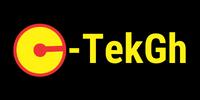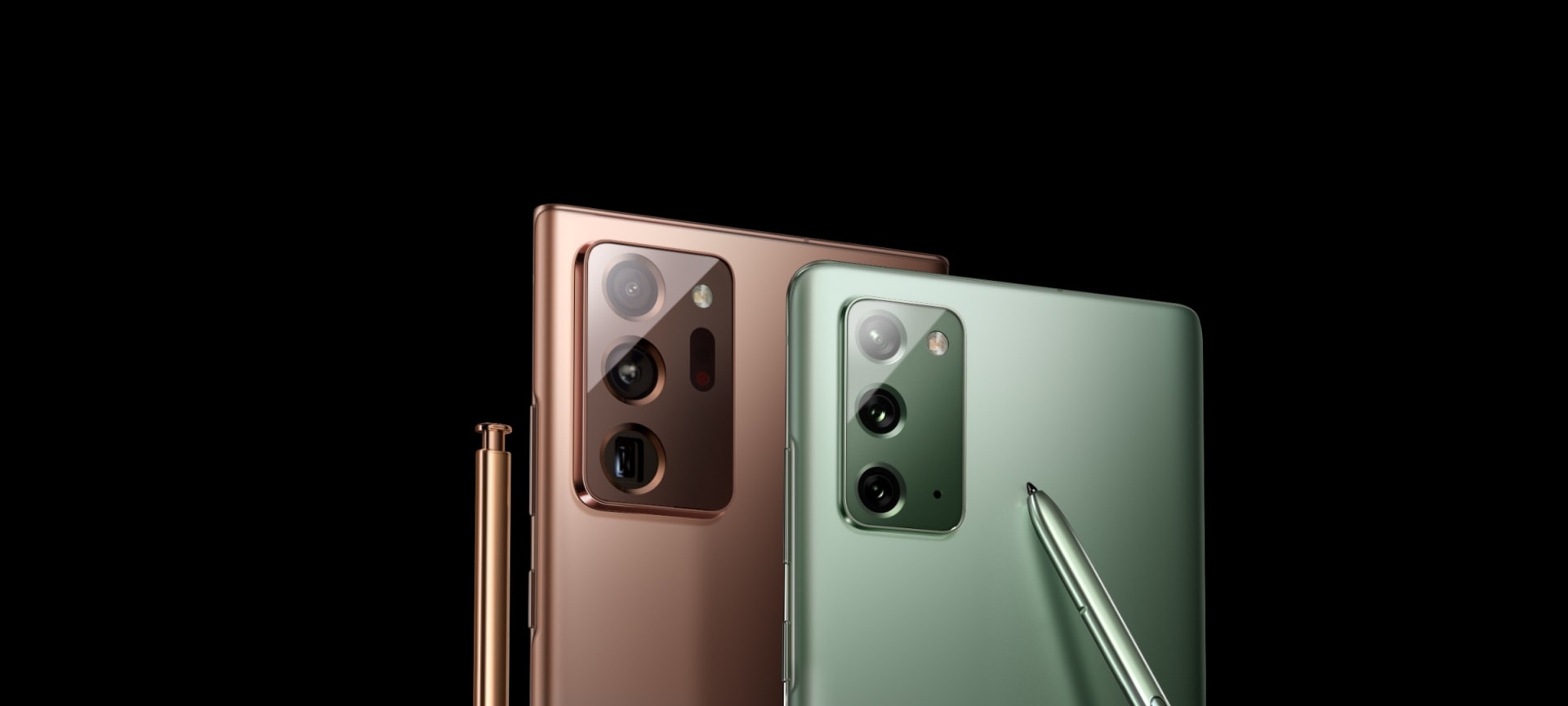Tech
How NFTs Will Change The World? See How NFTs Can Be Used In The Future
NFTs: Bitcoin was created in 2009 as a peer-to-peer (P2) payment network. Following the launch of Bitcoin (BTC), additional blockchain projects such as Ethereum — a platform for developing smart contracts, decentralized apps (dApps), and decentralized finance – arose (DeFi).
Cryptokitties, a game built on the Ethereum blockchain that allows users to create, adopt, purchase, and trade digital cats with unique qualities and characteristics, introduced the concept of Non-Fungible Token (NFT) in 2017. Each digital cat is a non-fungible token (NFT), which can be traded on NFT exchanges such as OpenSea and Rarible.
Then there was the “CryptoPunks,” which Larva Lab designed and released in 2017. CryptoPunks are a set of 10,000 computer algorithmically created characters with a 2424 pixel size that were made accessible for free to Ethereum wallet users. Punks dramatically soared in value during the initial hoopla of NFTs in early 2021. CryptoPunk #7804 was sold for $7.57 million in March.
To understand how NFTs will impact the world, we must first comprehend what NFTs are and how they function.
What is a non-fungible token or NFT? And what is it used for?
The term “non-fungible token” refers to a token that is not fungible. What, on the other hand, is non-fungible? It’s what it means to be one-of-a-kind and irreplaceable. The cryptocurrency Bitcoin, for example, is fungible, meaning that if you trade it for another Bitcoin, you would get an item with the same value. A Pokémon card, for example, is one-of-a-kind yet not fungible. You will have an object with varied values, traits, and attributes if you want to trade it for another Pokémon card.
NFTs or non-fungible tokens, like Bitcoin and altcoins (cryptocurrencies that emerged after Bitcoin), are stored in the digital ledger technology – blockchain; however, each NFT or non-fungible token is unique and cannot be exchanged for another NFT, much less traded in smaller parts, as Bitcoin (BTC) can be fractionated, that is, in smaller units called Satos.
NFT is a new digital authenticity certification system that permits the purchase of everything that exists in both the virtual and physical worlds, including digital art, photography, music, memes, avatar skins, GIFs, tweets, and real-world goods. It uses a blockchain, which is a sort of security protocol, to turn any digital content into something unique and irreplaceable.
READ ALSO: Support Minority-Owned Small Businesses : 7 Ways You Can you It
Non-fungible assets, or non-replaceable assets, are represented as NFTs. This can be used for a song, a picture, or a particular dwelling. It is thus feasible to trace their creators and verify their legitimacy using blockchain. Because of its rarity, Christie’s was able to sell digital artist Beeple’s Everydays: The First 5000 Days for $69 million. Beeple made a collage of 5000 digital photographs between May 2007 and January 2021 for the project.
What are the applications of NFTs?
NFTs are used to issue digital and crypto collectible things by decentralized applications (DApps), blockchain projects, and protocols. Tokens might be collectibles, investment products, or anything else that exists in the actual world.
It’s nothing new for games to have economic systems. Furthermore, because many online games have had and continue to have their own economies, the introduction of emerging technologies like NFTs and blockchain, in general, makes tokenizing gaming assets easier. In fact, the usage of non-fungible tokens could potentially tackle problems such as inflation, which is a typical occurrence in today’s online games. Players can, for example, use cryptocurrencies like Ether (ETH) to purchase video game things and then convert them into NFTs. As we previously indicated, one example of this use is the game CryptoKitties. A limited amount of virtual kittens are available in the game (each one an NFT).
These tokens are also utilized in the esports business, such as WePlay Collectibles, which are for those who want to participate in Esports events and express their support for players and talent in a unique way, as well as merchandising. The WePlay Collectibles are part of a marketplace where you can buy both digital and tangible art or products that use NFT technology. They’re prizes and stuff tied to a certain tournament.
Visit https://weplaycollectibles.com/ for more information on the platform and NFTs.
DJ 3LAU, who sold his album “Ultraviolet” for $11.6 million, was one of the success stories that drew a lot of attention. The CD was divided into eleven parts, one of which sold for $3.6 million.
The Weeknd joined the NFTs bandwagon and used the Nifty Gateway platform to release a compilation of 8 works from the Abel album.
NFTs are an important part of a new digital economy powered by blockchain technology. Incorporating NFTs in numerous domains and scenarios, such as gaming, digital identity, licensing, credentials, and the arts, is already being tested by a number of initiatives and tech businesses.
NFTs and crypto-collectibles are two popular initiatives that use NFTs.
NFTs are already being used in a variety of applications as collectible and marketable goods.
Decentraland is a decentralized virtual reality environment built on the Ethereum blockchain, in which users can own and sell virtual land and other NFT products.
Cryptovoxels is a game similar to Decentraland that uses the Ethereum blockchain to allow participants to create, develop, and exchange virtual properties.
Gods Unchained is a collectible card game in which cards are released as Ethereum Network Tokens (NFTs). Players can trade collectible cards on NFT platforms as if they were real cards because each one is unique.
My Crypto Heroes is a multiplayer role-playing game (RPG) in which participants can level up their heroes by completing quests and fights. The characters and equipment in the game are issued as NFTs on the Ethereum blockchain, which distinguishes it from other MMORPGs (Massively Multiplayer Online Role-Playing Game).
What impact do NFTs have on art?
Technology can also be used to create art, such as streaming music, photography, dance, film, television, and, more recently, the internet and all digital media. NFTs are perfectly positioned in this digital-age context of art.
NFTs have a wide range of applications in the art world. However, the fact that NFTs allow you to have a digital art collection, which might include a digital painting, a film, or a song, is receiving attention at the moment.
While the same piece of art may be available on the Internet, NFTs give their owners ownership of the original. To put it another way, anyone can possess Vincent van Gogh artwork, but only one can own the original — and sell it for thousands or millions of dollars more in the future.
NFTs make it easy to pay royalties for the usage of music or an image. Even if you wanted to pay a royalty for the usage of a.JPG file, you couldn’t because the artist couldn’t be identified. You can pay the artist directly with the NFT token. This gives independent artists the opportunity to sell their work as NFTs for actual money.
NFTs allow for the development of hitherto unimagined business models. Artists and content creators can include conditions in an NFT that guarantee them a percentage of the earnings each time it is resold, so they benefit if the value of their work rises.
The proprietors of digital works may now be easily identified thanks to new art platforms. When buyers and collectors acquire artwork on an NFT platform, they may display it in an online gallery with confidence that there will be no concerns with copyright or originality because the NFT and blockchain ensure that ownership is genuine.
What applications might NFTs have in the future?
non-fungible token initiatives, like Defi (Decentralized Finance), have started issuing governance tokens. The holder of this form of the token has the ability to vote on corporate decisions. Governance tokens have been popular in the decentralized finance sector, and many people expect them to drive NFTs in the same way.
Other marketplaces may feel obligated to produce their own tokens, just as the NFT marketplace Rarible did with its NFT governance token. The possibilities are endless from there.
NFT technology becomes a business model for art, replicating the auction house concept in the virtual world with all the scale that this permits. For blockchain, they expand the possibilities of a decentralized economy; for artists, it’s a method to reaffirm authorship over their work while also increasing the potential for buying and selling it, effectively converting it into actual digital assets.
Non-fungible tokens, on the other hand, have far-reaching possibilities outside of these industries, because they entirely alter the laws of ownership. To create trust in the transaction, exchange contracts, and ensure that money changes hands, transactions in which ownership of something changes hands generally rely on layers of middlemen. In the future, none of this will be necessary. Because the information on the blockchain cannot be modified, transactions recorded on it can be trusted.
Smart contracts can be used in place of attorneys and bank accounts to verify that money and assets are transferred correctly and that both parties follow through on their agreements. Assets are converted into tokens via NFTs, allowing them to move around the system with a transparent transaction history.
While this innovative technology has already been adopted by virtual worlds, another interesting use of this technology is the conversion of real-world assets into digital tokens. Non-fungible tokens (NFTs) can be used to represent real-world assets that can be stored and exchanged on a specific blockchain. This might provide much-needed liquidity to numerous markets that would otherwise be devoid of it. Works of art, real estate, and rare collectible goods are just a few examples.
Assets are converted into tokens by NFTs so that they can be moved about in this new financial technology. This has the ability to totally change certain markets, such as real estate. NFTs could potentially play a role in resolving land ownership disputes. Only the world’s wealthiest people are thought to have legally registered rights to their land and property. Access to finance and credit is far more difficult for people who do not have well-established rights. Things will likewise be bought and sold as NFTs if the real world is handed to virtual realms in the future.
The features of NFTs can potentially aid the Digital Identity industry. For users all across the world, storing identifying and ownership data on the blockchain would improve privacy and data integrity. Furthermore, trustless and simple transfers of these assets can aid in the improvement of the global economy.
Many other breakthroughs and enterprises in this new decentralized economy may emerge in the future that has yet to be envisaged. What we can say is that it will be a market or industry that is far more transparent and decentralized than we are accustomed to.
Do NFTs have value?
Collecting, exclusivity, authority, and scarcity are all things that humans enjoy. Top auction houses took notice right away.
Christie’s sold a collection of nine punks for little under $16.9 million in May.
Through its relationship with digital artists and the Nifty Gateway NFT platform, Sotheby’s is another major art world brand getting into NFTs.
The Fungible Collection, “New Digital Art Redefining Our Understanding of Value,” was sold for $17 million by Sotheby’s, the auction house. Some works of art have garnered offers over $1 million, such as “The Switch,” a 3D work that will be adjusted by the artist at an undefined time.
Artists such as Grimes and Logan Paul, an American YouTuber, have developed their own flagship NFTs to sell their limited edition works.
Value is attributed to an object by individuals who think it is valuable, just like it is to any other valuable item. In essence, “value” refers to a common belief. Whether it’s fiat money, precious metals, or a vehicle, all of these things have worth because people believe they do. That’s how all valuable goods become valued, so why should digital collectibles be any different?
NFTs are cryptographically registered digital artifact certifications with unique values. NFTs can be bought and sold on sites like OpenSea, Rarible, SuperRare, and Foundation. The value of each NFT token is unique, and NFT markets directly connect buyers, collectors, and sellers or artists.
NFTs, like any other asset type, experience price fluctuations as a result of supply and demand.
Follow edgvio.com on Twitter, Facebook, Instagram and subscribe to our YouTube channel for modern technological news and reviews.




